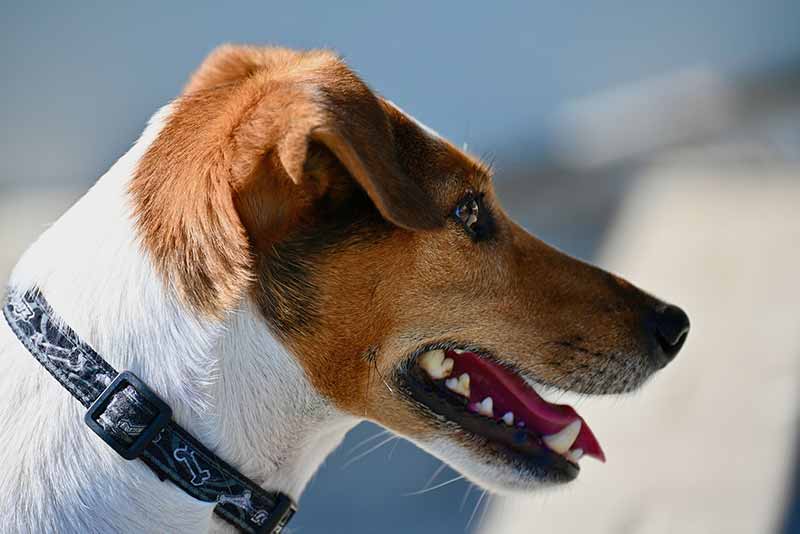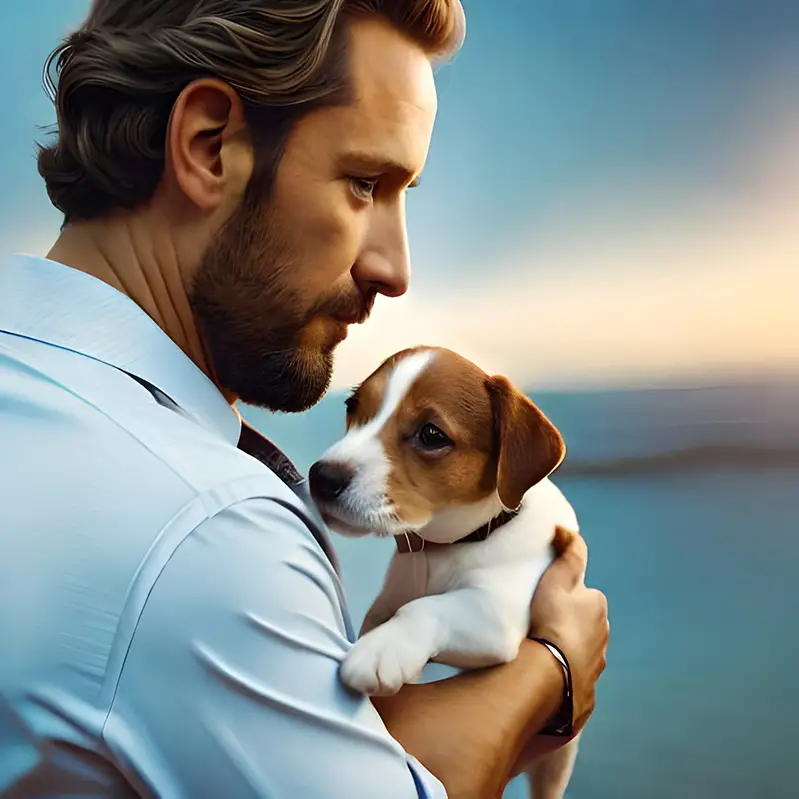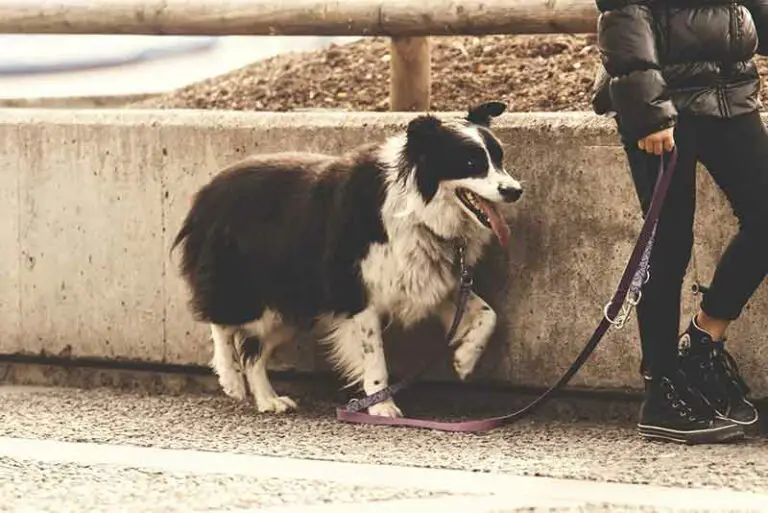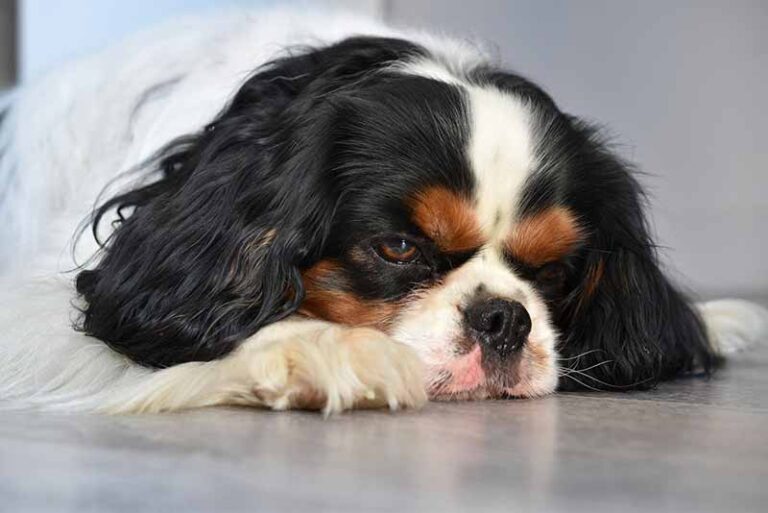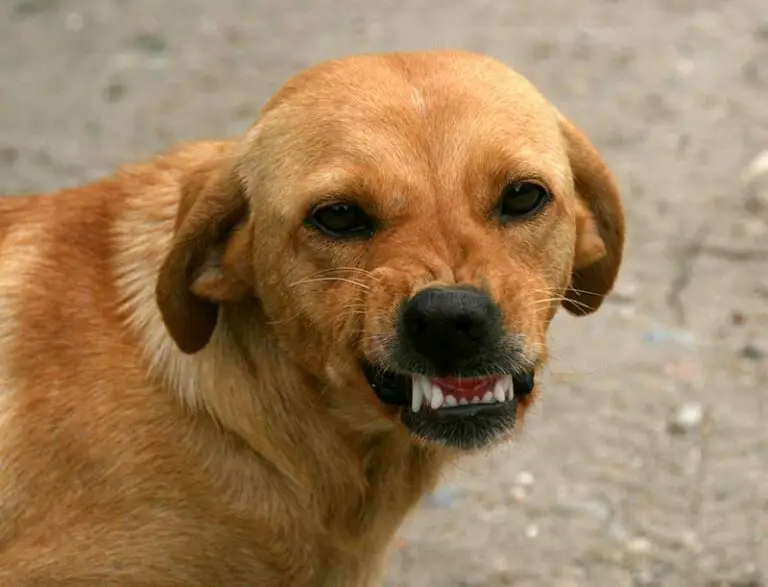Signs Your Dog Is Protective Of You – Signs Of A Protective Dog
One can get several perks by having a pet dog at home. As we all know, dogs are the best animal companions that humans can ask for. Not only can they make you happy, but they are also highly loyal to you, protecting the family all the time.
Dogs are domestic animals, yet they descend from hunting backgrounds; therefore, dogs naturally own exceptional guarding skills.
When a dog attempts to be protective, its behavior and body language change accordingly. Through this article, we will be discussing the signs of a protective dog.
As a matter of fact, we trust that dogs protect their owners, but how can we surely know whether your dog is being protective of you? You can find answers to this concern by observing your dog’s behavioral traits and body language.
So, what are the signs your dog is protective of you? When a dog is protective, they usually indicate gestures such as stiffening their bodies, staring, snarling, and growling at the potential threat.
However, the signs of a protective dog always aren’t limited to either vigilant or aggressive body language. If your dog often sits on your feet, tends to take your personal items, and follows you constantly, they also could be signs of them being protective of you.
You do not necessarily have to train a dog to protect you because that is a skill that dogs inherit from their genes.
Even though every dog tends to be protective of its owners, the level of protectiveness and how they react when being protective could slightly differ from one dog breed to the other.
For your ease, this article is divided into sub-sections; feel free to read and learn all the necessary facts about the signs of protective dogs.
What are the signs your dog is protective of you?
Compared to humans, dogs have strong senses. This ability of canines helps them monitor suspicious and unusual things way faster. If you have noticed your dog is always acting alert, this is the typical reason for it.
Dogs express their emotions through body language, so if you observe them close enough, you can quickly identify whether your dog is trying to protect you.
Below are some common signs you can observe in a protective dog.
- Stiffened body
Ever noticed your dog makes its body stiffen all of a sudden, as in they are frozen? This is a typical gesture of them being alert and protective.
Dogs will soon act vigilantly when they feel suspicious of someone or something. Their stiffened bodies make them seem more muscular, and it is a way of showing that they have eyes on the target or are preparing to approach the target.
Along with this gesture, you will likely notice their hair and ears getting straightened.
- Growling, snarling or constant barking
In a situation where dogs first sense danger, they’ll act alert. Once they channel the threat, you can see their teeth get exposed, eventually growling, snarling, and constant barking.
So if you see your dog demonstrating this behavior repeatedly, it could be them trying to warn you about an immediate threat.
- Running around
While some dogs act cautiously when they try to protect you, some other dogs could also act in distressed and sort of aggressive ways.
Dogs have keen senses, so as soon as they grasp something unusual, some dogs could run distressingly, trying to find the threat and protect their owners.
Suppose a situation someone rang the doorbell or knocked on your gate; some dogs could sense that an invader might be trying to enter the territory. So they’ll run around as a sign that they protect the owners.
- Eye contact
The eye contact of dogs could change when they sense a threat. Dogs use eye contact to communicate several things, including showing love, seeking help, and indicating protection.
If your dog glares at something or keeps looking with glassy and widened eyes, it may tell a potential threat.
- General guarding behavior
As mentioned, dogs are guard animals by nature. They not only indicate it when they sense a potential immediate threat but also try to protect the owners whenever they are around to show their love and loyalty.
If your dog sits next to you, sits on your feet, and brings your personal items, sleeping bum facing you, such simple gestures also show that your dog is protective of you.
Do dogs instinctively protect their owners?
Why were dogs bred in the first place? There are different opinions regarding the origin of dogs; nonetheless, it is evident that dogs were bred hundreds of years ago to perform tasks such as hunting, herding, and guarding.
Dogs are initially animals in a pack, so they believe they should protect the pack leader. When this is applied to a dog raised in a household due to the pack mentality that they naturally inherit, they consider their owners as pack leaders; for that reason, they never hesitate to protect them.
Several studies have been conducted to uphold how dogs become instinctively protective. A study conducted by Arizona State University demonstrates that 16 out of 19 dogs spontaneously rescue their owners when in danger.
However, you also must remember that even though this characteristic is common and instinct in every dog, some breeds are more protective than others.
What do dogs do when they are protecting you?
As mentioned before, although all dogs are generally protective, the way they act when they want to protect their owners could be different.
Mostly it happens naturally and spontaneously. Some of the usual things dogs do when being protective can be noted below.
You might have noticed how some dogs always try to stay close to their owners. That certainly is a gesture of affection, also protection.
Especially if anyone else is staying in the home other than family; if your dog sense something unusual in such cases, they will try to stay close to ensure nothing wrong will happen.
Subsequently, when they sense danger, they wag their tails more than usual and try to have some eye contact; more precisely, they will have glassy or wide fixed eyes. Also, they’ll sit on your feet, showing ownership, and they will always be there to protect you.
Sometimes dog indicates their protectiveness in aggressive ways. When they sense danger, some dogs will glare at it, growl, bark loudly, and eventually attack it.
Most of the time, if there is an immediate threat, dogs will respond aggressively to ensure that they protect their owners.
At what age do dogs become protective?
Dogs are extraordinary creatures with so many capabilities. As we comprehensively discussed so far, guarding and protecting ability is one of the crucial characteristics of any dog.
Since they embed this quality in their genes, does that mean a dog will be protective since the pup stage, or will it take some time for them to indicate defensive behavior?
Dogs are indeed naturally protective animals, but not every dog will be protective from the youngest age. It takes some time for human infants to act spontaneously, the same with puppies.
Usually, dogs start becoming protective when they are around 6-12 months. As we know, dogs age differently from humans; the age of 6 to 12 months is typically considered their adolescent stage.
So by that time, you can notice significant changes in your dogs’ behavior, and you will probably notice them exhibiting signs of protecting you. However, keep in your mind that we cannot precisely say at what age a dog will become protective.
Some dogs become protective of their owners since the pup stage, while for some, it could take even a year or two. Generally speaking, you will likely notice them being protective of you once the dog is above six months.
Final thoughts about signs of a protective dog
Dogs are well known for their protective personalities. We call them man’s best friends because they adore owners with all their hearts and protect them without hesitation.
Every dog naturally owns this characteristic from its genes. Still, their level of protectiveness and way of indicating it could differ depending on some reasons.
Dogs are obedient and loyal creatures who never forget you. Due to their pack mentality, they consider owners as their pack leaders; and believe it is their utmost duty to protect the owners.
How can we figure out whether our pet dogs trying to protect us? This can be easily understood by paying sufficient attention to their behavior and body language.
If you notice that your dog responds to you as soon as you call their name, sit close to you, or look into your eyes, they all can be common gestures of protection.
When a dog senses a potential immediate threat, you will see apparent changes in its behavior, including staring, muscle stiffening, growling, snarling, constant running, and barking.
Through all these gestures, dogs attempt to fight against the threat and ensure that they fulfill their duty of protecting their owners. Hope you find this article helpful.
Thank you for reading this post. Stay tuned with Jack Russell Owner for more interesting posts about your favorite dog breed.

